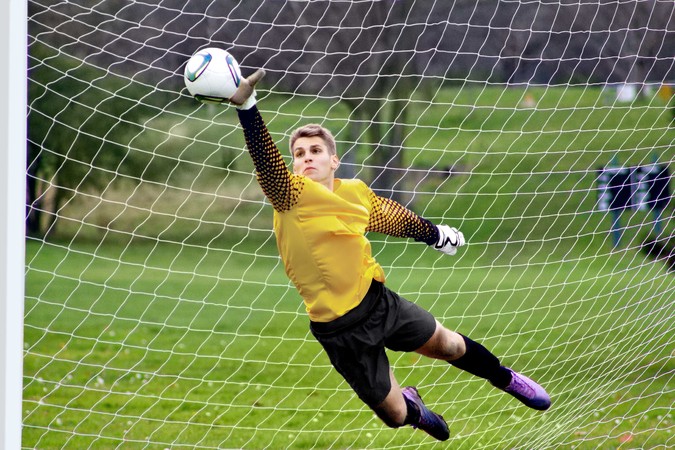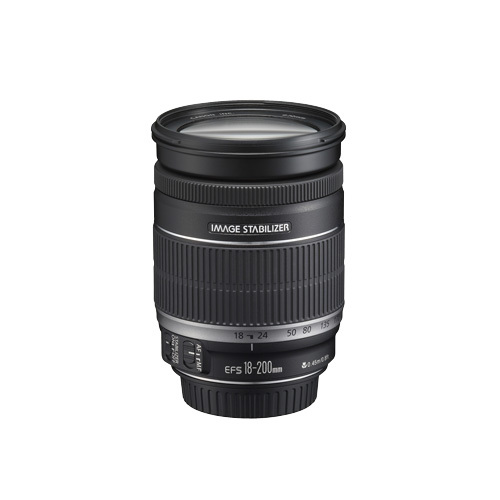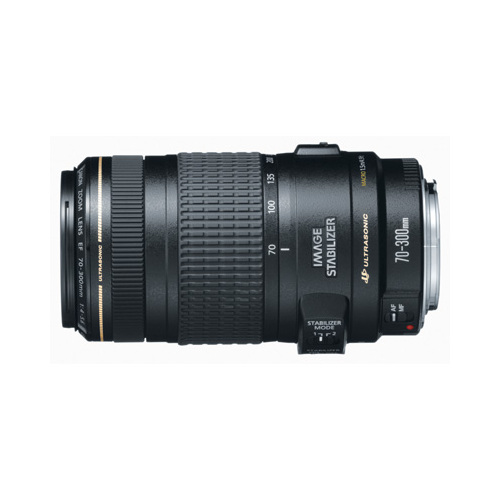
There are many different paths to becoming a photographer, but the thing that unites good photographers the world over is their passion and drive to pursue a subject relentlessly. As a photographer, there is so much to be inspired by in this beauiful world; some are inspired by the great outdoors, some by streetlife, and some by sports and action.
More Than Just Spectators
I think it’s fair to say that many photographers use their craft as a way to immerse themselves in environments that they feel strongly connected to. For the sports and action shooters they want to be more than just spectators, they want to get as close to the thing as possible, and experience at least a fraction of the adrenaline rush that the participants feel. Ask any action shooter and they’ll tell you that in the moment they press that shutter release button the heart beats faster and the mental focus and connection to the moment is absolute.
Practice Your Action Photography
There are many different places and scenarios that will allow you to practice your action photography, whether it’s your daughter’s hockey games, the local skatepark, or even cyclists on city streets. Things are happening all around us, every day, that will provide perfect opportunities to hone our action shooting skills. Today I’m going to offer a little bit of advice on some techniques and settings you can use to get great action shots, and also recommend some Canon lenses to help you on your way.

Freezing The Moment
The most common technique used in sports and action photography is freezing the moment. The vast majority of images you see from sports events will employ this technique, and the basic premise is that you shoot with the highest shutter speed possible in order to produce an image with no blur whatsoever, an image that truly captures the essence of the moment. So if you choose the sports mode on your camera it will basically attempt to keep the shutter speed as high as possible.
Avoid Camera Shake
In general, the rule of thumb for shutter speed is that it should be at least twice the current focal length of the lens, in order to avoid camera shake caused by small movements of the hands. So for example, if you’re shooting at 50mm, your shutter speed should be at least one 100th of a second, and if you’re shooting at 200mm it should be at least one 400th of a second.
 The Canon EF-S 18-200mm IS
The Canon EF-S 18-200mm IS
With sports and action photography, sometimes you can get really close to the action, and other times you need to shoot from a distance. So if you work with a lens like the Canon EF-S 18-200mm f/3.5-5.6, you have the ability to work effectively throughout a range of distances. When you’re up close you might find yourself shooting really wide, and while you may have figured from the ‘avoid camera shake’ rule above that the wider you shoot, the slower you can shoot (e.g. one 36th of a second at 18mm), you have to bear in mind that there is a shutter speed below which the speed of your subject will start to cause blur in your image. What the exact number is will depend on your subject; obviously a hockey player moves a lot quicker than a curler, for example.
4 Stops Of Stabilization
I would consider a shutter speed of one 200th of a second quick enough to freeze most situations, but if you’re shooting with the EF-S 18-200mm at full extension, then you need to be at a shutter speed of one 400th of a second (2×200) to prevent camera shake. If you’re in a situation where the light is less than optimal, then it may not be possible to shoot at one 400th. Fortunately the 18-200 comes with image stabilization which offers 4 stops of latitude, so shooting at one 200th of a second at 200mm is no problem. In fact under circumstances where motion is not an issue you can shoot at one 25th of a second at 200mm, which is an impressively slow shutter speed.
Motion Panning
Another technique that is really effective for conveying a sense of movement is deliberately shooting with a low shutter speed and panning your camera to track your subject. This is often referred to as motion panning, and works really well for subjects that move in predictable paths and at fairly constant speeds, things like bikes, cars and skateboarders. It’s tricky to get motion panning right though, because you’re often either a little too fast or a little too slow. But when you get it right it’s super satisfying, and super effective. It is also possible to freeze the action with short burst of light from your flash, while dragging the shutter (shooting with a slow shutter speed) to get some motion blur, but I suggest finding your ‘2nd curtain sync’ option and turning that on. That way, the flash will take place at the end of the exposure instead of the start, with better results.
 Automatic Panning Detection
Automatic Panning Detection
The EF-S 18-200mm can actually auto-detect when you’re panning and stabilize only in the vertical direction. Another great action lens I want to mention is the Canon EF 70-300mm f/4-5.6 IS USM, which has two dedicated stabilization modes, one of which is specifically designed to work while panning with a moving subject. With a focal range of 70-300mm this is the ideal lens for working from a distance, especially with 3 stops of stabilization built in. It’s a very highly regarded lens among some very demanding shooters because it has a UD (ultra-low dispersion) element which gives it excellent sharpness and resolution.
Shoot In Bursts
It may seem like an obvious point to make, but I’ll make it anyway; always shoot sports and action in continuous mode so that you can get multiple shots with a single press of the shutter release button. Because of the speed at which things happen it’s hard to predict exactly when the key moment will happen so it’s nice to ‘spray and pray’. There are actually some wedding photographers who recommend this technique too! One thing to bear in mind though; you are limited in the number of shots you can take in one burst. Eventually the camera will need to take a moment to write those images to the memory card, and this will temporarily freeze the camera. However, if you shoot jpegs instead the larger RAW format you can actually get more frames per burst.
Action photography is probably the most exciting and exhilarating form of photography that you can practice, and it really teaches you a lot by forcing you to thoroughly learn your camera functions. If you ever have the opportunity, definitely get out there and give it a go.




Some additional thoughts…
Comments are closed.